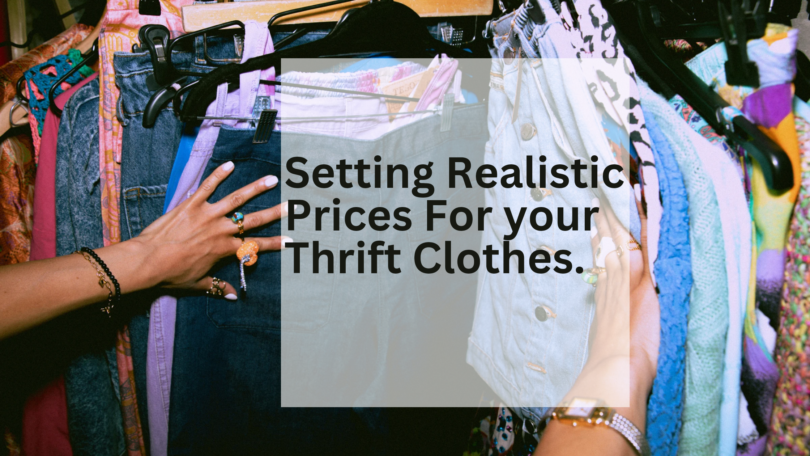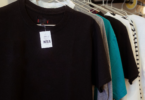Factors Influencing Pricing Decisions in Second-Hand Clothing Business
Setting prices in the second-hand clothing business is influenced by various factors that impact the profitability and competitiveness of the venture. Understanding these factors is crucial for making informed pricing decisions.
Brand Recognition: Recognizable brands often carry a premium, even in the second-hand market. Popular and sought-after brands may allow for higher pricing due to perceived value and demand. On the other hand, lesser-known brands may require more competitive pricing strategies to attract buyers. It is very important to have an idea of the actual price that most brand sell their cloths. This will help you in fixing realistic prices, and to avoid setting your prices too low, or too high.
Condition and Quality: The state of the clothing items plays an important role in pricing decisions. High-quality, gently worn pieces can command higher prices, while items with visible wear may need to be priced lower. Evaluating and categorizing inventory based on condition helps in setting a fair and attractive price point.
Trends and Seasonality: Fashion trends and seasonal fluctuations significantly influence pricing. Understanding current trends and adjusting prices accordingly ensures that inventory remains appealing to the target market. Additionally, factoring in seasonality helps optimize pricing during peak demand periods.
Target Customer Base: Knowing the demographics and preferences of the target customer base is essential. Tailoring prices to match the purchasing power and preferences of the intended audience ensures that the pricing strategy aligns with market expectations.
Conducting Market Research for Competitive Pricing
Market research is integral to establishing competitive prices in the second-hand clothing business. Here’s how to conduct effective research:
Competitor Analysis: Study pricing strategies of competitors within the same market segment. Identify the range of prices for similar items and evaluate the perceived value associated with those prices.
Customer Surveys: Collect feedback directly from potential customers through surveys. Understand their price sensitivity, expectations, and factors influencing their purchasing decisions. This insight helps in aligning prices with customer perceptions.
Online Platforms: Use online platforms to monitor and analyse pricing trends in the second-hand clothing market. Explore various online marketplaces to gain a comprehensive understanding of how similar items are priced.
Historical Sales Data: Analyse past sales data to identify trends and patterns. Determine which items sells well at specific price points and adjust pricing strategies accordingly.
Economic Factors: Stay informed about economic factors that may influence consumer behaviour, such as inflation or changes in disposable income. Adapting pricing strategies based on broader economic trends ensures resilience in the market.
Balancing Affordability and Profitability in Reselling Second-Hand Clothing
Achieving the delicate balance between affordability and profitability is crucial for sustainability in the second-hand clothing business.
Cost Considerations: Factor in acquisition costs, operational expenses, and any refurbishment or cleaning costs when setting prices. This ensures that prices cover all associated expenses while leaving room for profit.
Discounts and Promotions: Implement strategic discounts and promotions to attract price-sensitive customers. Balancing occasional discounts with regular pricing helps maintain profitability while appealing to a broader customer base.
Bundle and Package Deals: Create bundled offerings or package deals to encourage larger purchases. This can increase the overall transaction value and compensate for potentially lower individual item prices.
Customer Loyalty Programs: Implement loyalty programs to encourage repeat business. Rewarding loyal customers with exclusive discounts helps build a dedicated customer base, contributing to long-term profitability.






